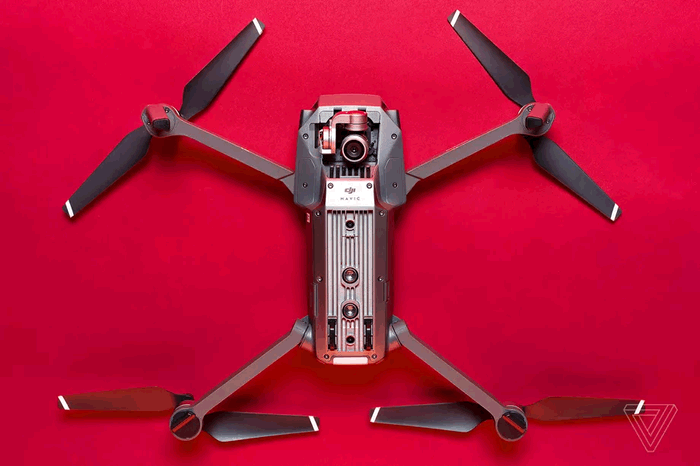For the drone industry, 2016 was a year of highs and lows. DJI led the way with Mavic Pro, a gadget that made huge improvements on the size and simplicity of a powerful camera drone. It fits into a jacket pocket while delivering four miles of range and advanced autonomous features.
Unfortunately, while DJI was climbing to new heights, a lot of its competition stumbled badly. 3D Robotics, which last year seemed like the most promising competitor to the throne, more or less abandoned the consumer drone market after its Solo drone delivered disappointing sales. The heavy investment and manufacturing snafus that came with creating this product put 3D Robotics on the ropes.
GoPro was the other big name company based in the US to try its hand at a drone. There was a lot to like about its Karma drone. It offered a package that combined an action camera, handheld stabilizer, and aerial capture system. And it had the marketing muscle and retail experience to move a lot of product. Sadly, when its drones started falling out of the sky, GoPro quickly recalled the Karma.
Yuneec, a Chinese startup backed by Intel, managed to put out a unit that could autonomously sense and avoid obstacles, putting it on par with DJI. But its Typhoon H, a bulky, six-rotor aircraft that comes in a massive carrying case, was simple too much, too late, to compete with the smaller, more sophisticated units coming to market from DJI.
Drones stayed in the public eye, becoming a staple prop in YouTube videos and branded experiences. Disneyland is planning to put them in the sky as a high tech light show, and Samsung paid Casey Neistat to be airlifted by drone around a ski slope.
Delivery drones completed a lot of firsts, from a 7-Eleven run in Nevada to a burrito drop in Virginia. Amazon got a package to customers in Cambridge, claiming a total time of 13 minutes between a customer clicking purchase and the package arriving in their backyard. And drones were used for humanitarian missions, helping to move blood across Rwanda and antivenom in rural Australia.
2016 in drones averages somewhere between A+ level successes and some C- stinkers. I’ve got high hopes for 2017, especially if the industry can find ways to continue shrinking the form factor of consumer quadcopters so they feel more like smartphones. It also might be time for some of these companies to think outside the box, bringing what they’ve learned in the sky to land and sea. Drones, like driverless cars, are really an expression of the advances happening in robotics, computer vision, and artificial intelligence. Their killer use case for the average consumer is still waiting to be discovered.
More information: The Verge


Comments are closed, but trackbacks and pingbacks are open.